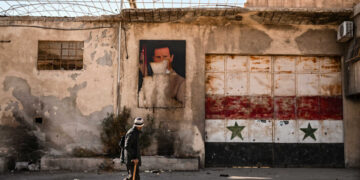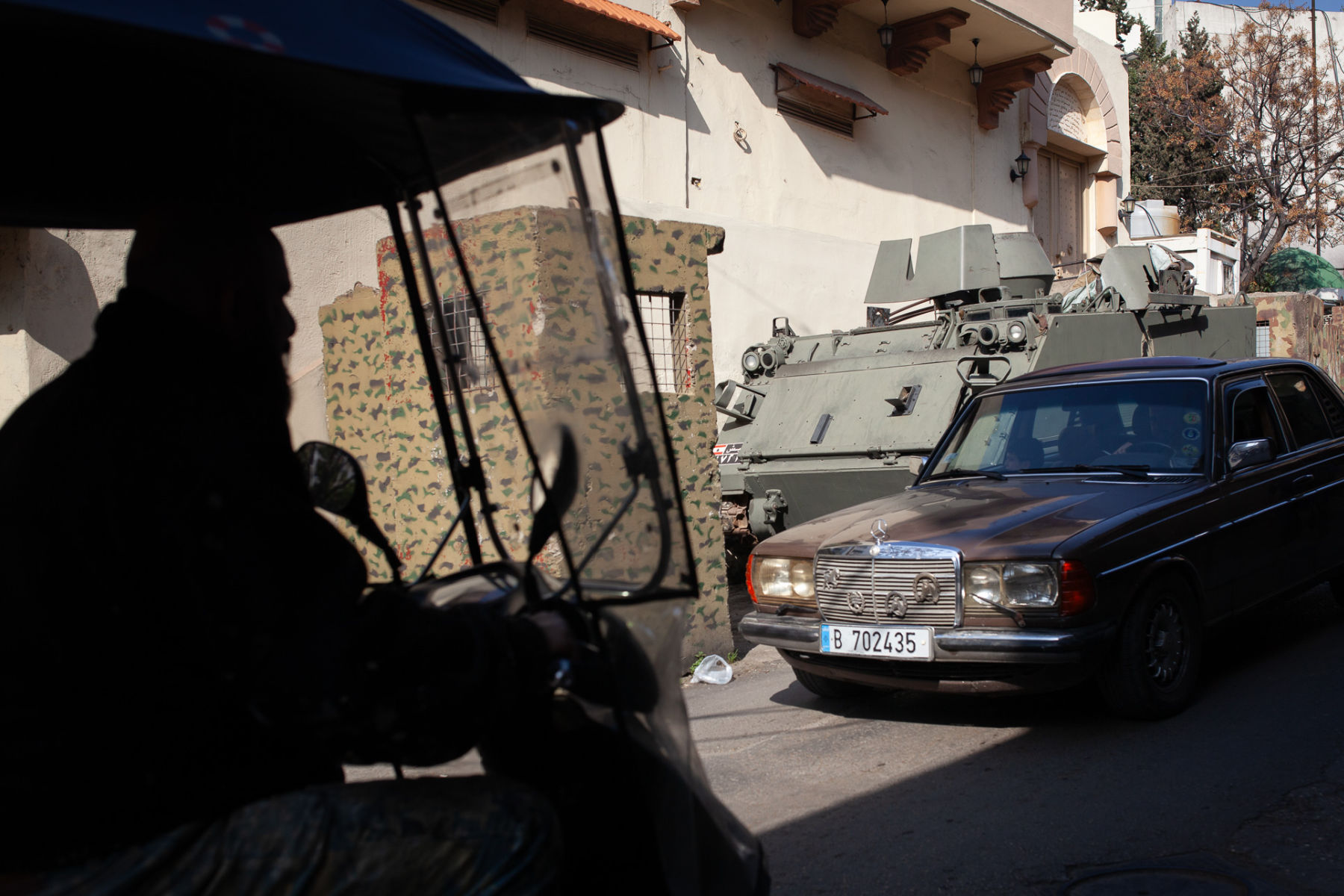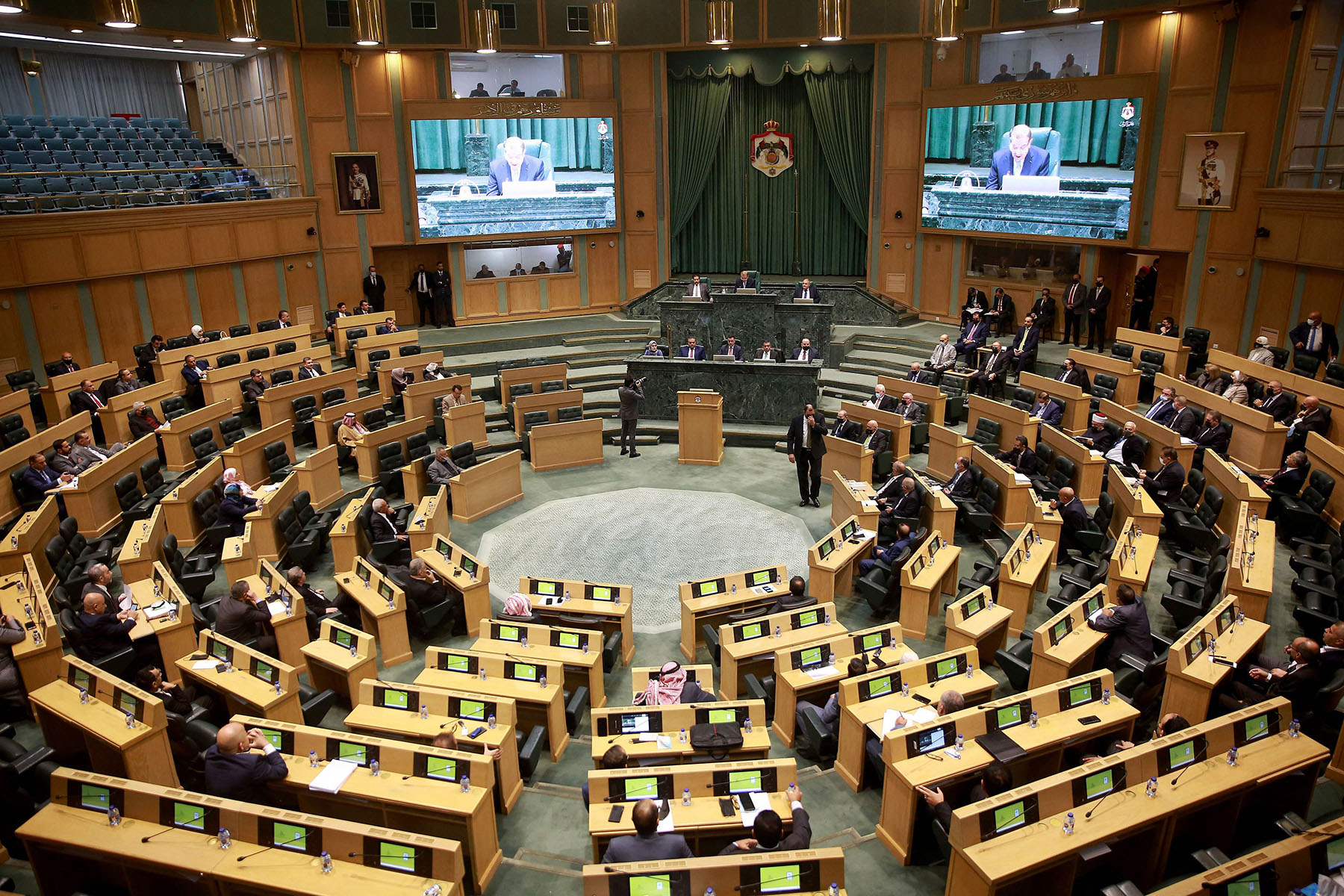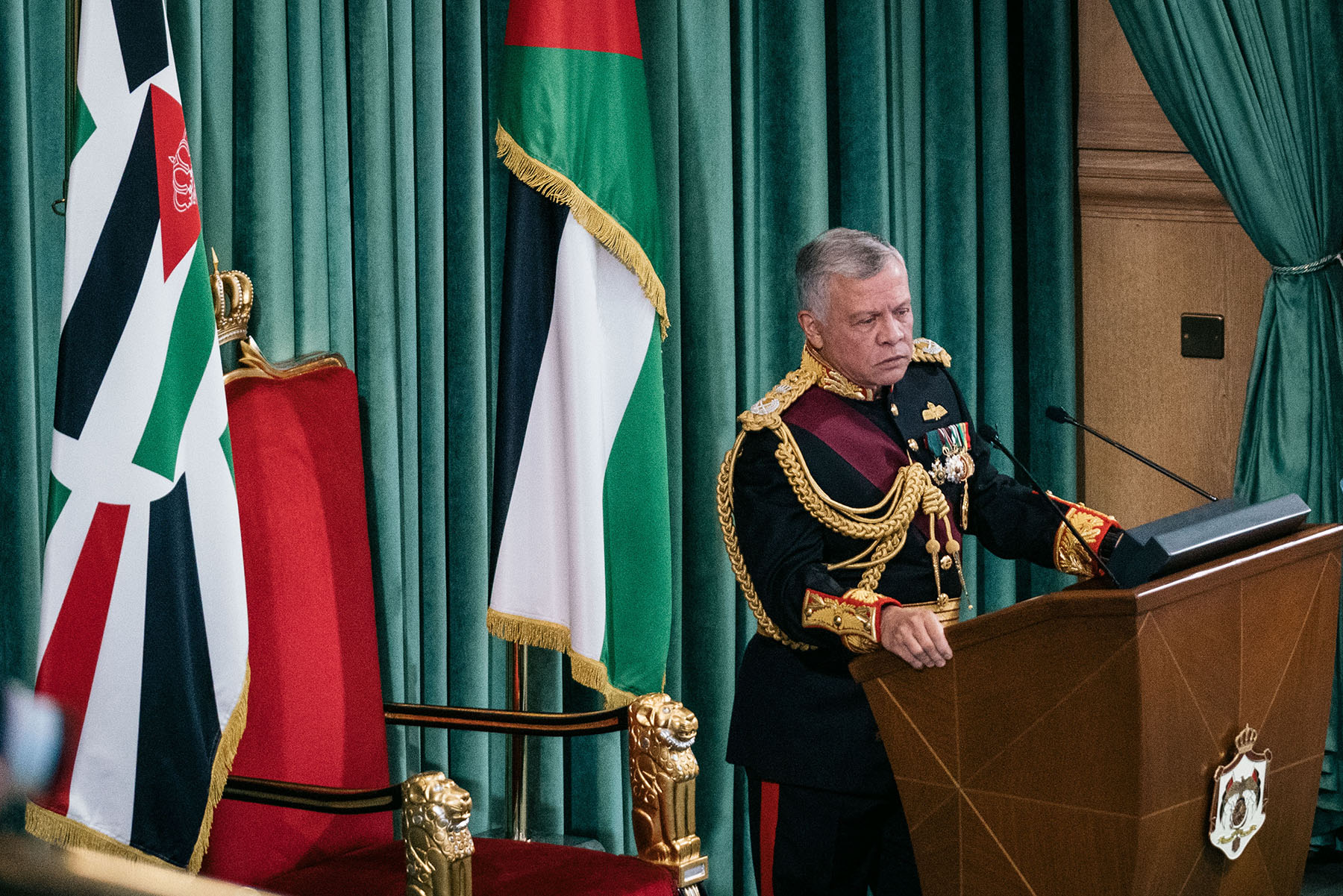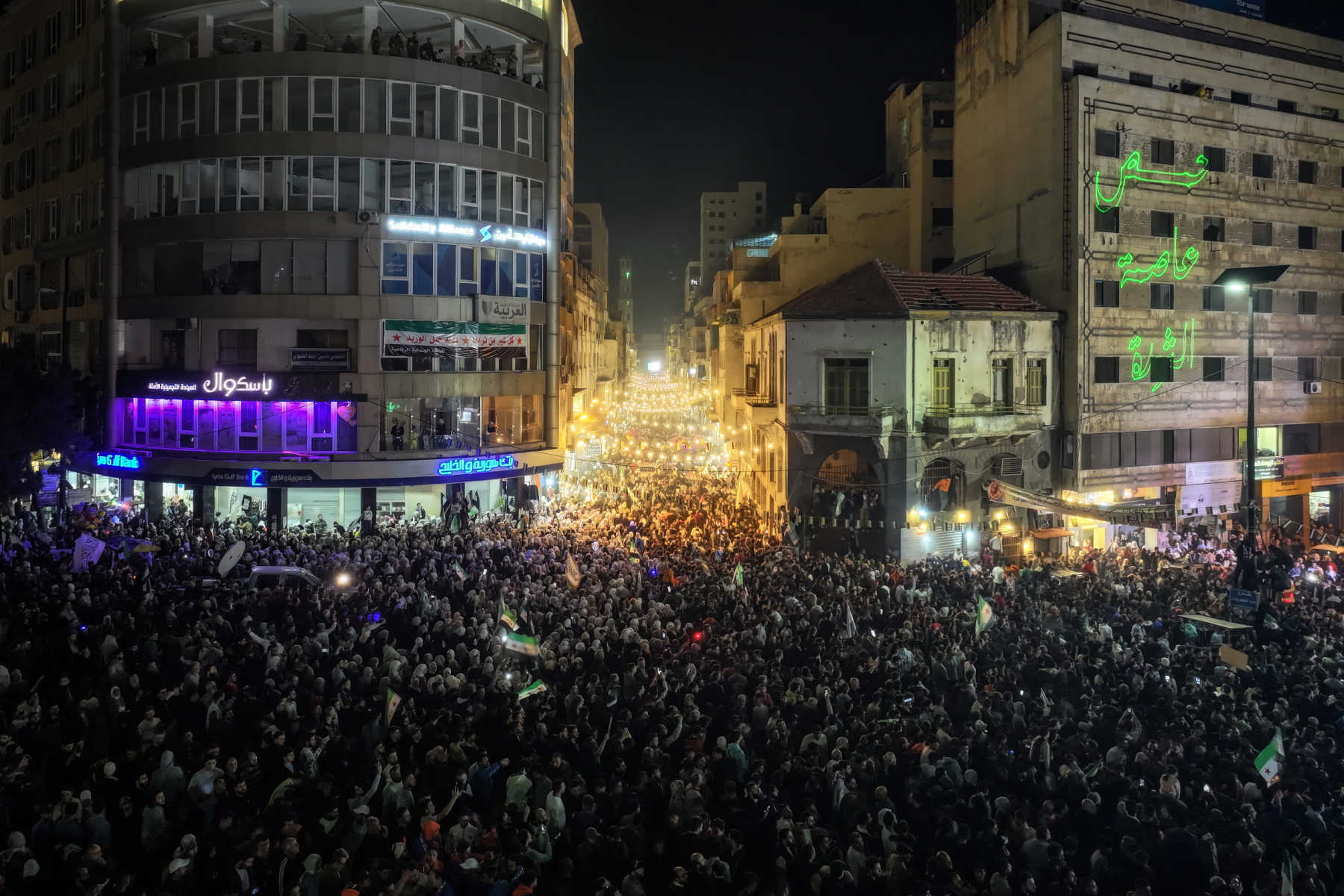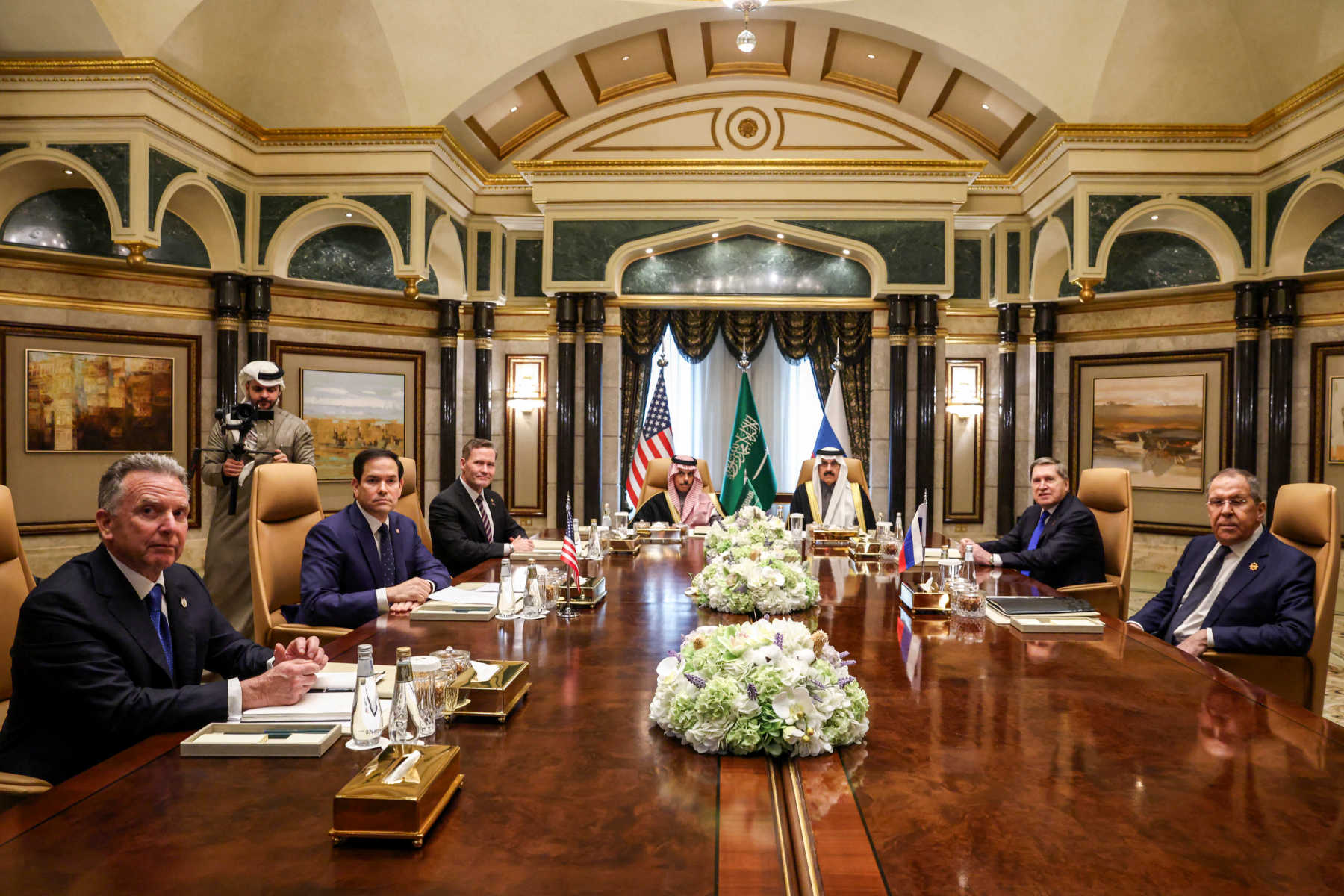Yasser Elsheshtawy is an independent scholar and adjunct professor at Columbia University’s Graduate School of Architecture, Planning and Preservation. He is the author of "Dubai: Behind an Urban Spectacle," among other publications.
folly
noun
fol·ly ˈfä-lē
plural, follies
1.) lack of good sense or normal prudence and foresight
2.) criminally or tragically foolish actions or conduct
3.) a foolish act or idea
4.) an excessively costly or unprofitable undertaking
5.) an often extravagant picturesque building erected to suit a fanciful taste
Autocratic regimes in search of legitimacy have long used megaprojects to cement their authority and affirm control over their respective population. Egypt is no different. The military regime of President Abdel Fattah al-Sisi, in power since his coup in 2013, has been busy building numerous extravagant megaprojects—follies—such as an expansion of the Suez Canal, lavish new presidential palaces and, most of all, a new capital city in the desert outskirts of Cairo. Currently dubbed the New Administrative Capital, the city would be connected to Cairo by a high-speed monorail, no less. In the backdrop of this debt-driven building spree are massive slum clearance programs that rely on relocating and often uprooting marginalized Egyptians.
I have visited many of these follies in Egypt myself. The New Administrative Capital, it is already clear, is nothing but another "desert dream"—what the Cairo-based economist and urban planner David Sims has described in his book, Egypt's Desert Dreams: Development Or Disaster?, as the costly fantasy of urban development and expansion into the desert by successive Egyptian governments going back decades. The Egyptian state, whether under Sisi, Hosni Mubarak or their predecessors, has seen the desert as "the playfield where a new Egypt can be created," Sims writes. "The desert becomes the frontier, and Egypt is magically transformed into a pioneering frontier society with all of the rhetoric and symbolism this entails." The state is so obsessed with desert development that it is its own kind of "national crusade"—which explains why it never stops, even after so many failed "new cities" and vanity projects that litter the deserts outside Cairo and beyond.
Like the other desert dreams before it, the New Administrative Capital has drained the Egyptian economy but enriched the bank accounts of military leaders and their cronies who own and develop the land, while Egypt's once-middle class descends into poverty. Sisi's new capital is in keeping with other Egyptian autocrats who all sought to conquer the desert, but it is also an escape for his regime from their very own people—likened to a "Green Zone" controlled by the military where government ministries will be walled off, and miles away, from any potential protesters. The city's "echoing emptiness," Michele Dunne has argued, "symbolizes the fact that most Egyptian citizens have no place in Sisi's vision."
The New Administrative Capital is the ultimate expression of the assault on Cairo's urban landscape under Sisi—emptying Egypt's existing capital of its government buildings and institutions, and destroying Cairo's old neighborhoods and urban heritage in the name of "progress" in the form of bloated new highways, bridges and skyscrapers. As a damning report by the Project on Middle East Democracy just warned, the new capital "will be left to gather dust as more concrete skeletons in the desert."
The New Administrative Capital is the ultimate expression of the assault on Cairo's urban landscape under Sisi.
- Yasser Elsheshtawy
At the outbreak of the COVID-19 pandemic, when the world entered into lockdown, I could not travel to Egypt to visit my family. I had to stay within the confines of my Philadelphia Center City apartment. As the pandemic abated with the arrival of vaccines, I was finally able to travel back to Cairo. I had read a lot at the time about Sisi's latest megaproject, a new capital city initially marketed under the drab name "the Capital Cairo." Soon after landing back in Cairo, I asked my brother to drive us to this new city rising some 30 miles east into the desert toward the Suez Canal. Until then, my only encounter with this massive project was an aerial view as my plane was descending into Cairo International Airport.
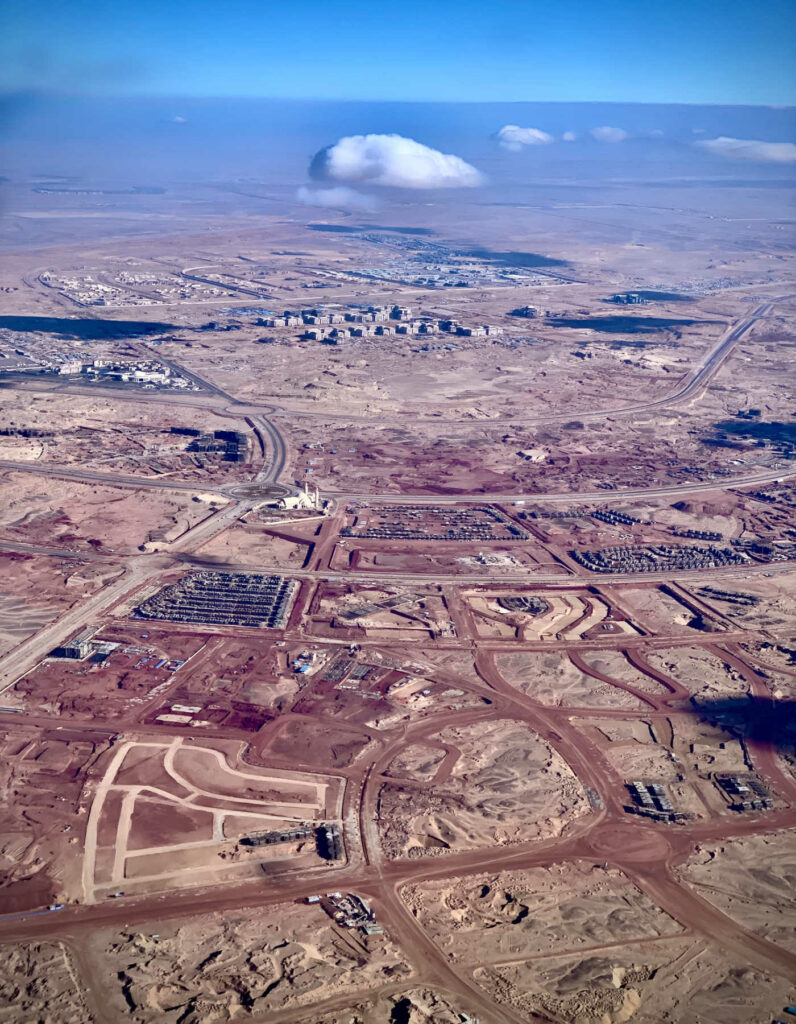
We took the ring-road leading to New Cairo, an earlier satellite city planned and built under Mubarak, and home to exclusive gated communities and the new campus of the American University in Cairo, which had moved out of its nearly century-old downtown campus on Tahrir Square. We passed numerous billboards promising a happy life, with Western-looking residents enjoying themselves in verdant spaces that evoked nothing of the desert landscape. A barely noticeable sign pointed to an exit leading to the New Administrative Capital.
Getting closer, we ran into massive walls and saw the towers of the just-built administrative center rising in the distance. We approached imposing entry gateways, where we were stopped by a guard who informed us that this was the site of the "military entity" and that we were not allowed to enter.
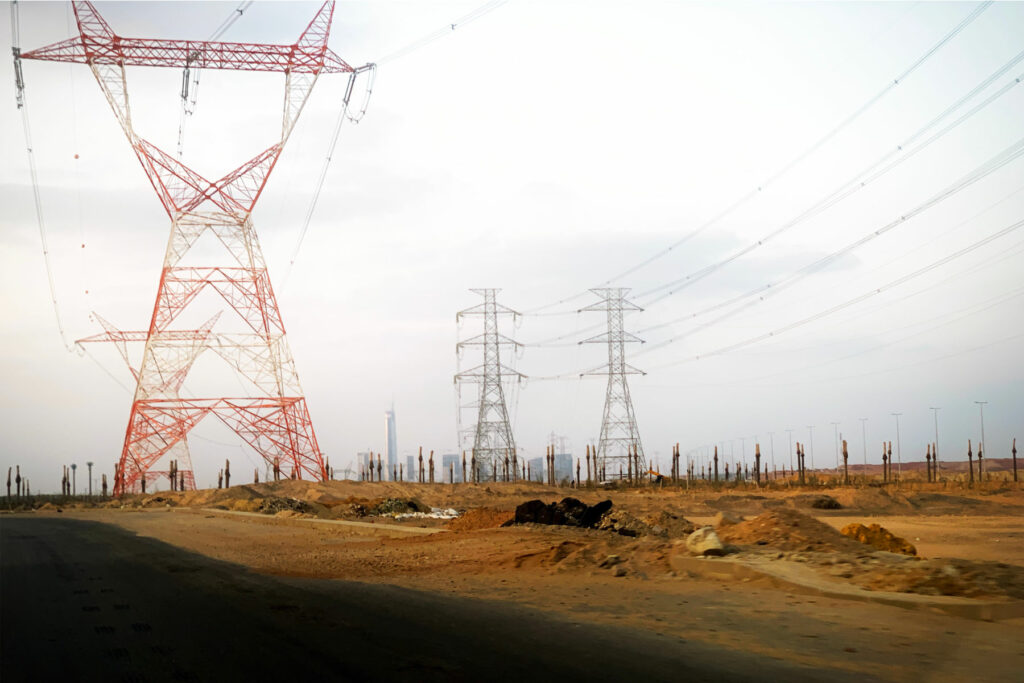
Still, after a long argument with the guard, we managed to get in, only to be confronted with empty streets, shells of completed residential buildings and other large complexes under various early stages of construction. The tallest building in Africa—currently dubbed the "Iconic Tower," a supertall skyscraper improbably built in the middle of nowhere—appeared like a mirage far away. We tried but could not find a viable way to get there. As it was getting dark, we turned around and left this new "capital" behind.

Returning to my home in a Cairene suburb, I was more baffled than ever about the justification for building this new city. I recalled an event that had taken place at AUC's New Cairo campus in 2019: A panel discussion with two renowned international architects known for their progressive designs, Norman Foster of Britain and Alejandro Aravena of Chile.
Following a presentation about the New Administrative Capital by the Egyptian deputy minister for housing, Aravena wondered whether the government could change course, in order to provide a city that is truly humane and, in particular, shaded from the baking desert sun. He questioned the wisdom of building the tallest glass tower in Africa, as it would be the largest "greenhouse effect generator." Foster concurred and went so far as to declare that the highways that are the centerpiece of the project have become "dinosaurs." Elsewhere in the world, he noted, highways and huge flyovers have been "ripped up" and turned into green parks and pedestrian boulevards.
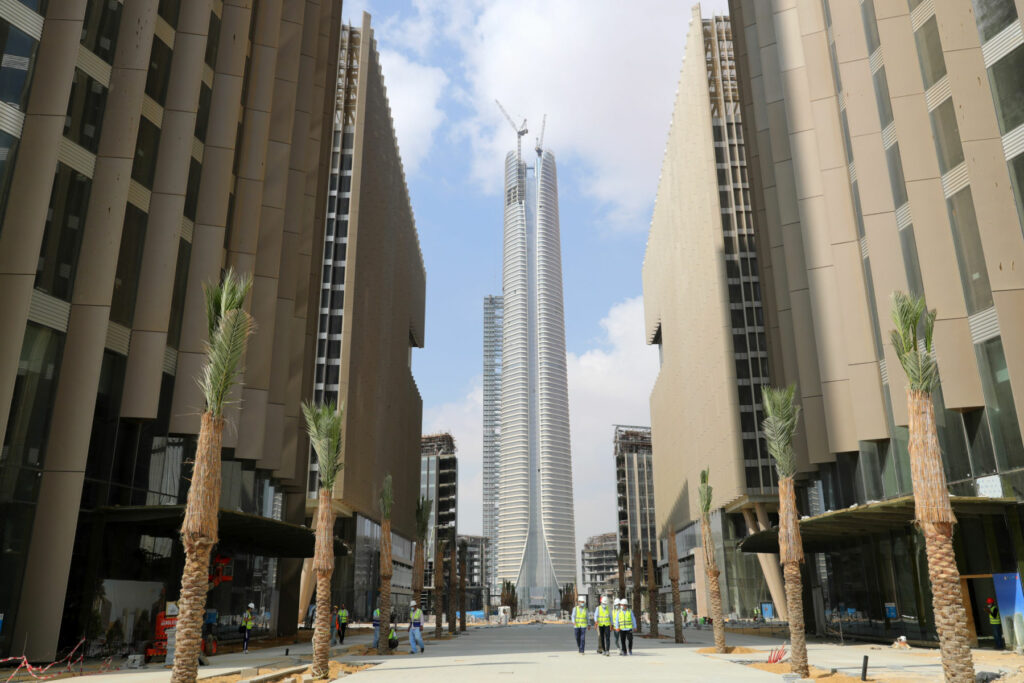
What was supposed to be a showcase event for the urban vision of Egypt's military rulers turned instead into a high-profile condemnation of their plans, demonstrating the sheer foolishness and wastefulness of such an approach to urban development. Of course, this is not surprising; all the military really cares about is finding ways to further extend its influence—both economically and politically—while protecting itself from its very own people and legitimizing its rule for a tiny minority of elites who will benefit from this desert boondoggle.
To put it bluntly, this is an act of urban violence inflicted on Egyptians. And it is not just the New Administrative Capital, but numerous other projects underway, like the Maspero Triangle development in downtown Cairo, over the ruins of an entire traditional neighborhood, home to 18,000 people, that was recently demolished. Its longtime residents were relocated to Asmarat, a remote housing complex east of Cairo built for other inhabitants of recently demolished "slums."
Every over-the-top detail of the new city in the desert seems more extravagant than the next, and proof of Sisi's folly.
- Yasser Elsheshtawy
At its very core, the New Administrative Capital represents an escape from Cairo, and a very costly one. It is an unnatural apparition in the middle of the desert that requires massive infrastructure investment that could be spent elsewhere—like on the cities where Egyptians actually live. This is also a speculative real estate venture, marketed and sold to the highest bidder, which will only exacerbate Greater Cairo's urban problems and further intensify inequality.
The New Administrative Capital has undergone several changes since it was unveiled at a stage-managed investment conference in Sharm el-Sheikh in March 2015. After its initial Emirati developers backed out, they were replaced by a newly created Egyptian state company—known as the Administrative Capital for Urban Development, of which Egypt's military controls 51 percent and the Housing Ministry 49 percent—working in cooperation with Chinese developers.
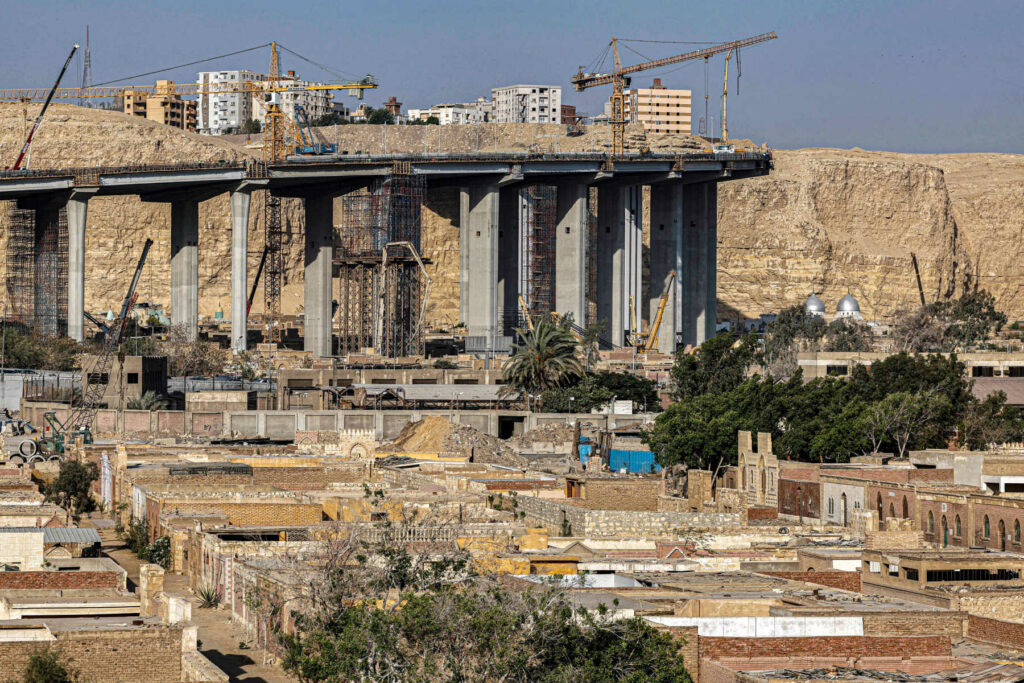
Every over-the-top, Dubai-esque detail of the new city in the desert—from its improbable size (the government says it will rival Singapore), to its fantastical features, like an artificial "green river" meant to evoke the Nile and form part of what its planners claim will be the largest park in the world—seems more extravagant than the next, and proof of Sisi's folly. It is not clear, for example, how the government will source the vast amounts of water needed. Considering that the new capital is rising amid a worsening climate crisis, and an acute water shortage throughout Egypt, it is truly puzzling that the regime has moved forward with the megaproject. And then there is the price tag, at least $60 billion so far.
There are several scenarios for the New Administrative Capital's future. It could remain in a perpetual state of incompleteness, like other failed desert dreams before it in Egypt—left abandoned, in an Ozymandias-like fashion, taken over and reclaimed by the desert. Admittedly, this seems highly unlikely, given how much Sisi and the military have invested. The more realistic scenario is that it will be appropriated and transformed by its eventual residents, those brave enough, or forced to, relocate to its desolate new towers. In this way, it will be comparable to other urban transformations that have taken place over Cairo's long history, as what was once the desert periphery has continually been incorporated into the city—not by government fiat, though, but by the people themselves, and often in more inclusive forms of urban development.
Yet there is no doubt that even in that scenario, the new capital will still symbolize the true intent behind its construction: the regime's fear of its own people and its desire to hide behind massive walls far away in the desert, protected from any future protests and upheavals like the 2011 uprising that erupted in downtown Cairo. By abandoning Cairo for the desert and leaving the city to languish and decay, Sisi's new capital is simply another way that Egyptian authorities have used urban development to serve their own interests rather than the needs of the people.

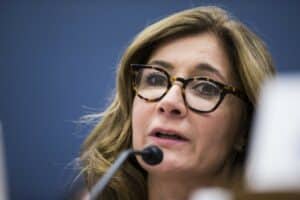

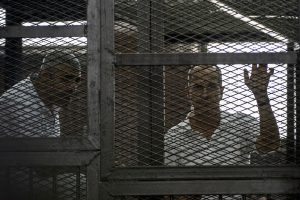

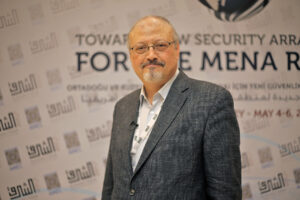
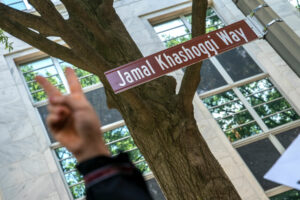


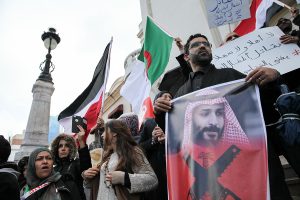
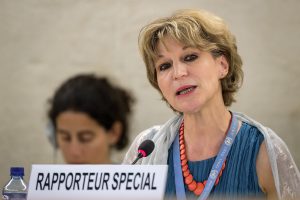
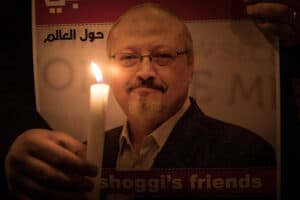
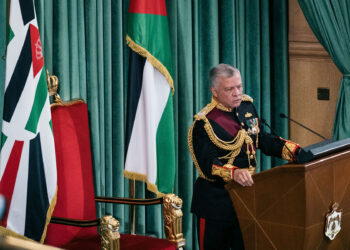
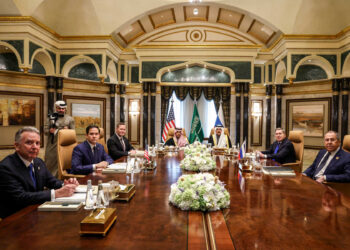
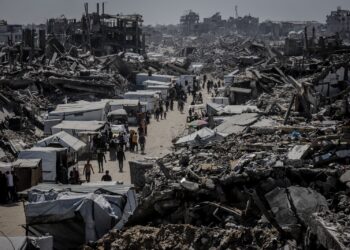

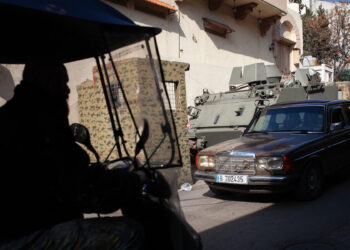
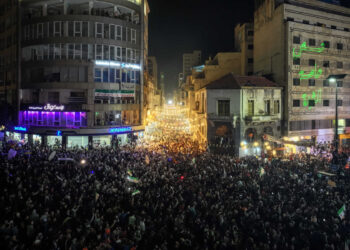
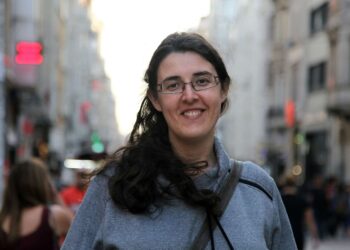

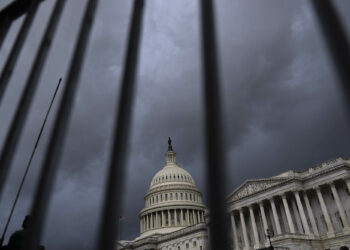





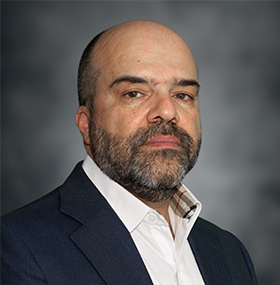
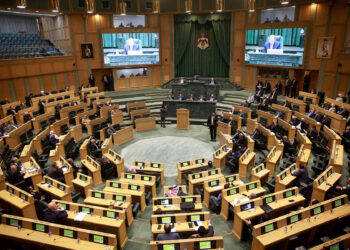
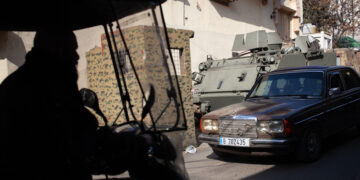
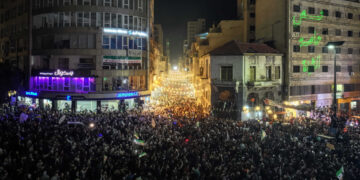
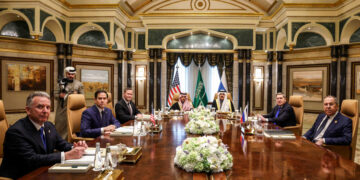
![Security forces loyal to the interim Syrian government stand guard at a checkpoint previously held by supporters of deposed president Bashar al-Assad, in the town of Hmeimim, in the coastal province of Latakia, on March 11, 2025. Syria's new authorities announced on March 10, the end of an operation against loyalists of deposed president Bashar al-Assad, after a war monitor reported more than 1,000 civilians killed in the worst violence since his overthrow. The Syrian Observatory for Human Rights said the overwhelming majority of the 1,068 civilians killed since March 6, were members of the Alawite minority who were executed by the security forces or allied groups. (Photo by OMAR HAJ KADOUR / AFP) / “The erroneous mention[s] appearing in the metadata of this photo by OMAR HAJ KADOUR has been modified in AFP systems in the following manner: [Hmeimim] instead of [Ayn Shiqaq]. Please immediately remove the erroneous mention[s] from all your online services and delete it (them) from your servers. If you have been authorized by AFP to distribute it (them) to third parties, please ensure that the same actions are carried out by them. Failure to promptly comply with these instructions will entail liability on your part for any continued or post notification usage. Therefore we thank you very much for all your attention and prompt action. We are sorry for the inconvenience this notification may cause and remain at your disposal for any further information you may require.”](https://dawnmena.org/wp-content/uploads/2025/04/syria-22039885951-360x180.jpg)
